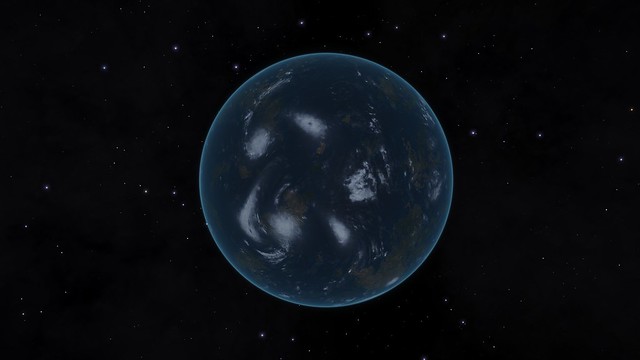Need for advice:
I know there are Regional Features like the Wepaa Stellar Graveyard or the Black Pearls Basket which are conglomerations of black holes. I believe I discovered another one in the Galactic Core (by sheer accident). The shortest jump from one hole to another was a mere 9.3 lys and many were in the tens and twenties of lightyears distance. In the end I scanned 25 systems having black holes as arrival stars and for each one I visited there were at least two or three others close by which I skipped. So my "guesstimate" is that there are about 100+ black holes in the vincinity. And, from the 25 only one had been visited before, the others were all first discoveries (in the EDSM the area is basically a large white spot with no entries whatsoever.
So here my question: Assuming that would be a candidate for another Regional Feature what exactly do I need to provide in terms of data to make a solid case? Or would the 25 systems I visited be enough as justification?
Unfortunately it didn't fit my current plans to stay there and scan more of them, but I could do another visit in a week or two to roughly scout out the area (rough perimeters, number of systems, etc.).
I know there are Regional Features like the Wepaa Stellar Graveyard or the Black Pearls Basket which are conglomerations of black holes. I believe I discovered another one in the Galactic Core (by sheer accident). The shortest jump from one hole to another was a mere 9.3 lys and many were in the tens and twenties of lightyears distance. In the end I scanned 25 systems having black holes as arrival stars and for each one I visited there were at least two or three others close by which I skipped. So my "guesstimate" is that there are about 100+ black holes in the vincinity. And, from the 25 only one had been visited before, the others were all first discoveries (in the EDSM the area is basically a large white spot with no entries whatsoever.
So here my question: Assuming that would be a candidate for another Regional Feature what exactly do I need to provide in terms of data to make a solid case? Or would the 25 systems I visited be enough as justification?
Unfortunately it didn't fit my current plans to stay there and scan more of them, but I could do another visit in a week or two to roughly scout out the area (rough perimeters, number of systems, etc.).











